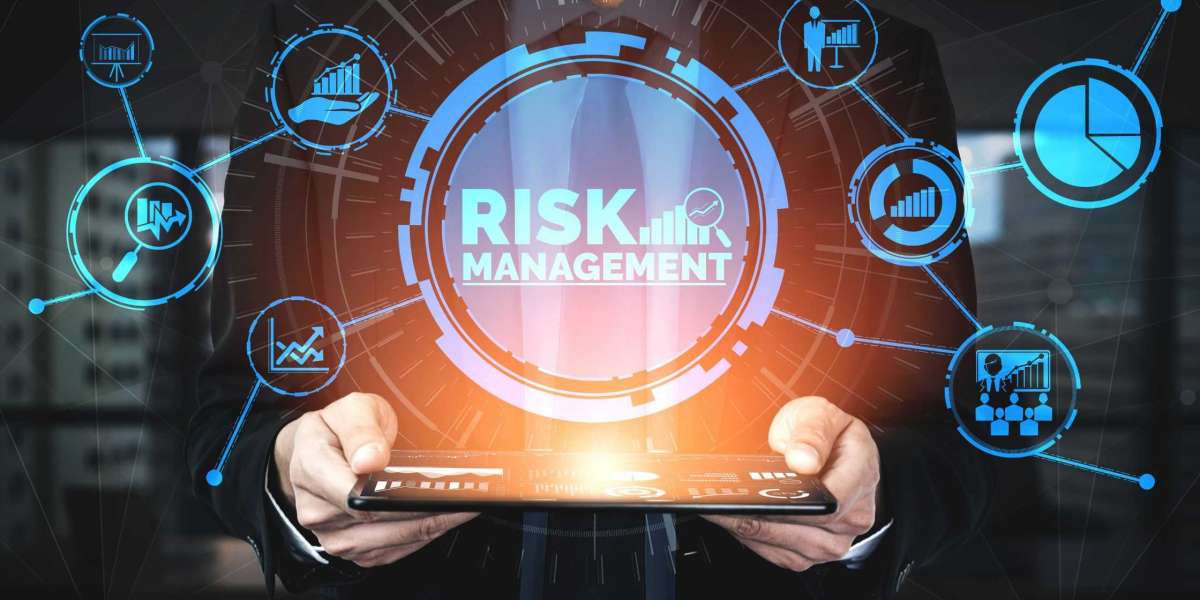Introduction
In today's digital age, where organizations rely heavily on technology and interconnected systems, the significance of robust cybersecurity practices cannot be overstated. Cyberattacks are becoming more sophisticated and frequent, targeting sensitive data, disrupting operations, and damaging reputations. To counter these evolving threats, businesses need a systematic approach to cybersecurity risk management. This is where cybersecurity risk management frameworks come into play, offering structured methodologies to identify, assess, and mitigate cyber risks. In this blog, we will explore the importance of these frameworks and guide you through the process of choosing the right approach for your organization.
The Need for Cybersecurity Risk Management Frameworks
As the digital landscape continues to expand, so do the potential vulnerabilities and threats that organizations face. Traditional security measures are no longer sufficient to protect against the ever-changing cyber threats. Cybersecurity risk management frameworks provide a structured way to navigate the complex landscape of cyber risks and develop strategies to safeguard critical assets.
Understanding Cybersecurity Risk Management Frameworks
A cybersecurity risk management framework is essentially a structured approach that assists organizations in identifying, assessing, and mitigating cyber risks. These frameworks offer a systematic process to understand the organization's risk appetite, establish risk tolerance levels, and implement measures to address vulnerabilities. While several frameworks are available, two prominent ones are NIST Cybersecurity Framework and ISO 27001.
NIST Cybersecurity Framework
The National Institute of Standards and Technology (NIST) developed a widely adopted cybersecurity framework that provides a holistic approach to managing and reducing cybersecurity risks. The NIST framework consists of five core functions: Identify, Protect, Detect, Respond, and Recover.
Identify: This function involves understanding and managing cybersecurity risks to systems, assets, data, and capabilities. It includes developing an inventory of assets, assessing vulnerabilities, and understanding the potential impact of cyber risks.
Protect: The Protect function focuses on implementing safeguards to ensure the delivery of critical infrastructure services. This involves measures such as access control, awareness training, data encryption, and secure architecture design.
Detect: Organizations must develop capabilities to identify the occurrence of a cybersecurity event. This involves continuous monitoring, anomaly detection, and incident response planning.
Respond: In the event of a cyber incident, the Respond function guides organizations in executing an effective response plan. This includes communication strategies, mitigation of impacts, and coordination with law enforcement, if necessary.
Recover: The Recover function involves restoring systems and services to normal operation after an incident. It also includes learning from the incident and implementing improvements to strengthen future resilience.
ISO 27001
ISO 27001 is an internationally recognized standard that provides a systematic approach to managing information security risks. It encompasses a comprehensive management system that covers people, processes, and technology to ensure the confidentiality, integrity, and availability of information.
Risk Assessment: ISO 27001 emphasizes conducting a thorough risk assessment to identify potential vulnerabilities and threats. This assessment forms the foundation for implementing appropriate controls and measures.
Risk Treatment: After identifying risks, organizations need to evaluate and prioritize them based on potential impacts and likelihood. Mitigation measures are then implemented to reduce these risks to an acceptable level.
Documentation and Implementation: ISO 27001 requires the development of policies, procedures, and controls to address identified risks. These measures should be well-documented and communicated throughout the organization.
Internal Audits: Regular internal audits are crucial to assess the effectiveness of the implemented controls and processes. This ongoing evaluation ensures that the security measures remain up to date and aligned with changing risk landscapes.
Continuous Improvement: ISO 27001 promotes a culture of continuous improvement in cybersecurity practices. Organizations are encouraged to learn from security incidents and adapt their strategies accordingly.
Choosing the Right Framework
Selecting the appropriate cybersecurity risk management framework depends on various factors, including the organization's size, industry, regulatory requirements, and risk tolerance. Consider the following steps when choosing the right approach:
Assess Your Needs: Understand your organization's specific cybersecurity challenges and objectives. Evaluate whether you need a more general framework like NIST or a more specialized one like ISO 27001.
Regulatory Compliance: If your industry is subject to specific regulations (such as healthcare, finance, or government), ensure that the chosen framework aligns with the relevant compliance requirements.
Scalability: Consider the scalability of the framework. Will it accommodate your organization's growth and evolving cybersecurity needs over time?
Resource Availability: Assess the resources (financial, human, technological) available for implementing and maintaining the framework. Some frameworks might require more investment than others.
Integration with Existing Processes: Determine how well the chosen framework can integrate with your existing risk management, governance, and compliance processes.
Stakeholder Buy-In: Involve key stakeholders, including IT teams, executives, legal, and compliance, in the decision-making process. Their input and buy-in are essential for successful implementation.
Conclusion
In a digital landscape rife with cyber threats, a proactive approach to cybersecurity risk management is non-negotiable. Cybersecurity risk management frameworks provide the structure and methodology necessary to navigate this complex terrain effectively. Whether you opt for the NIST Cybersecurity Framework or ISO 27001 (or another suitable framework), the key is to align your choice with your organization's specific needs and objectives. By doing so, you'll be taking a significant step towards fortifying your organization's defenses against the ever-evolving cyber risks of the modern world.




